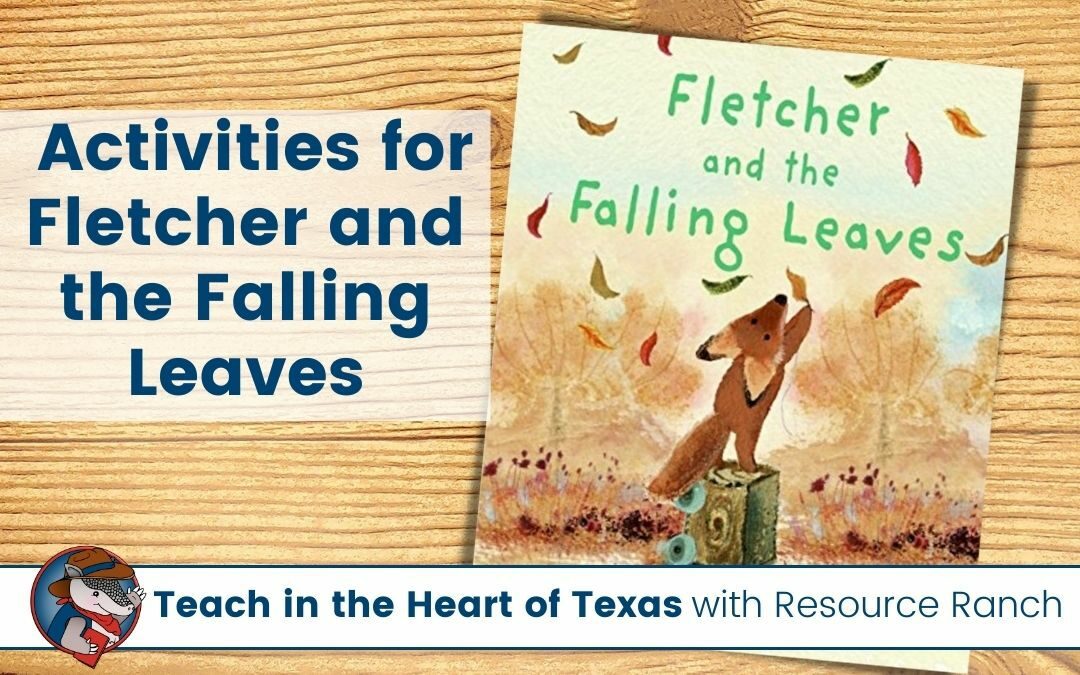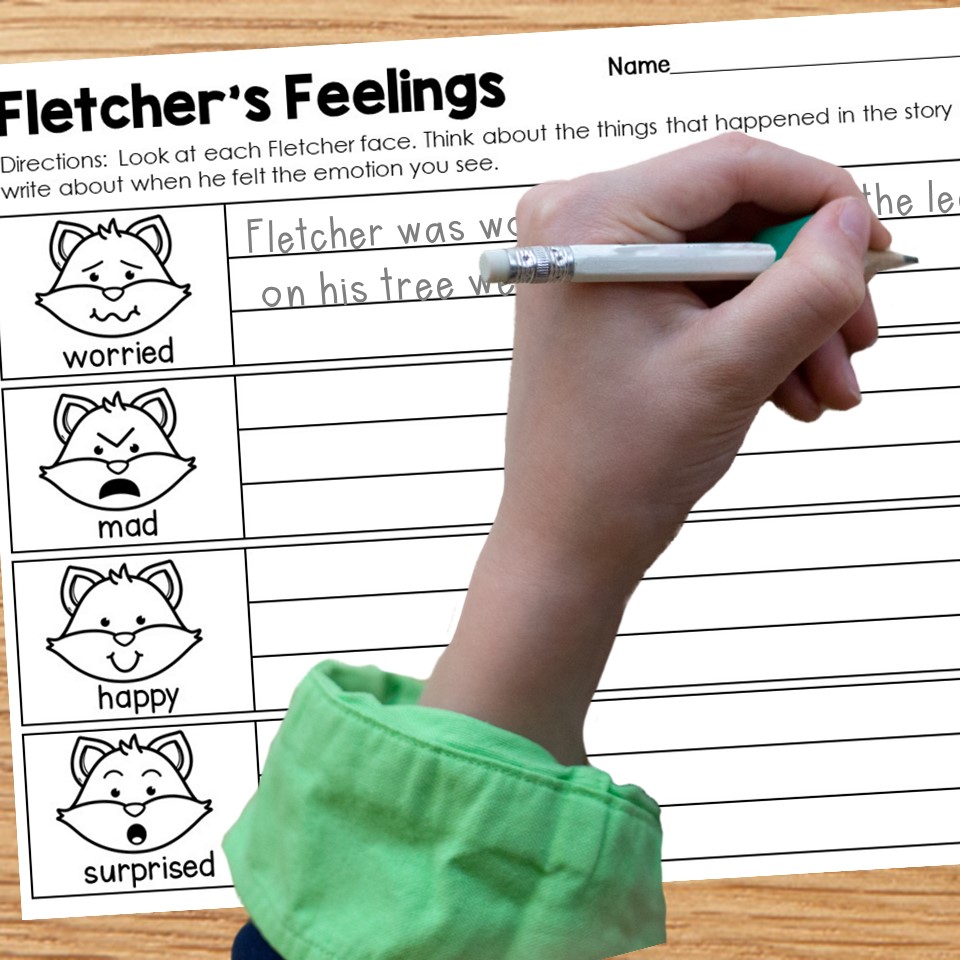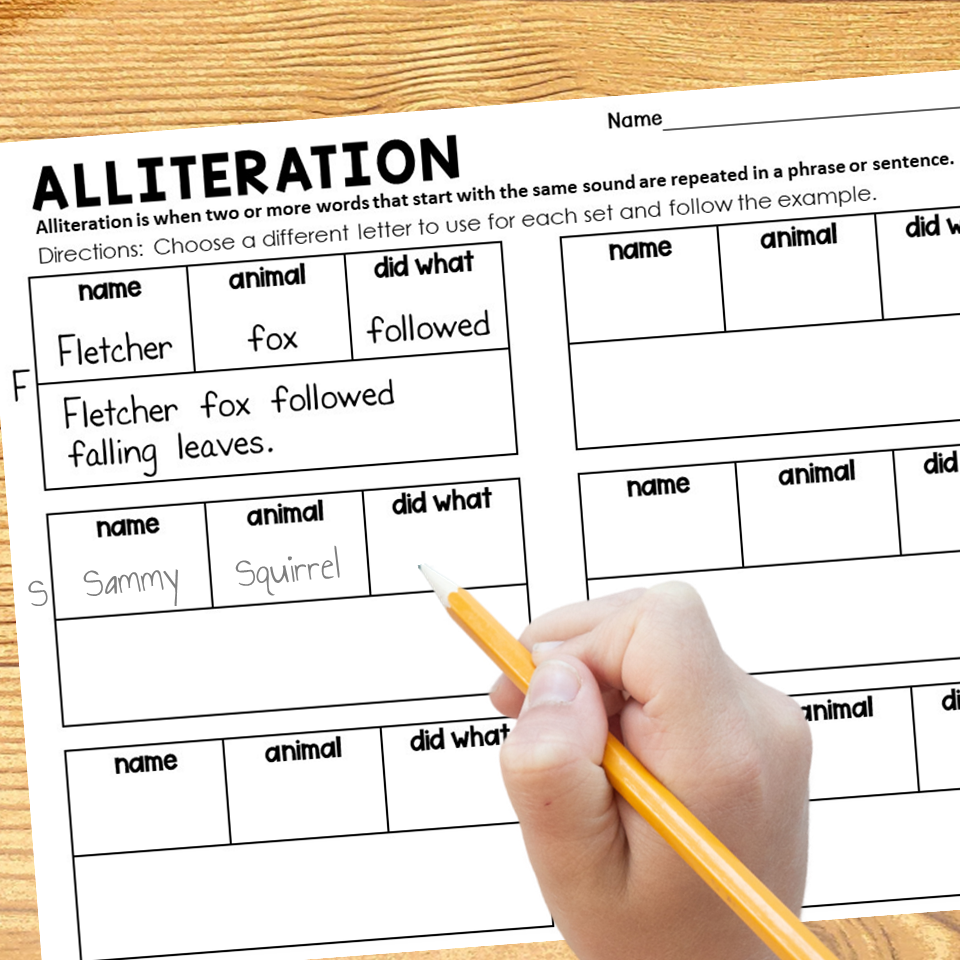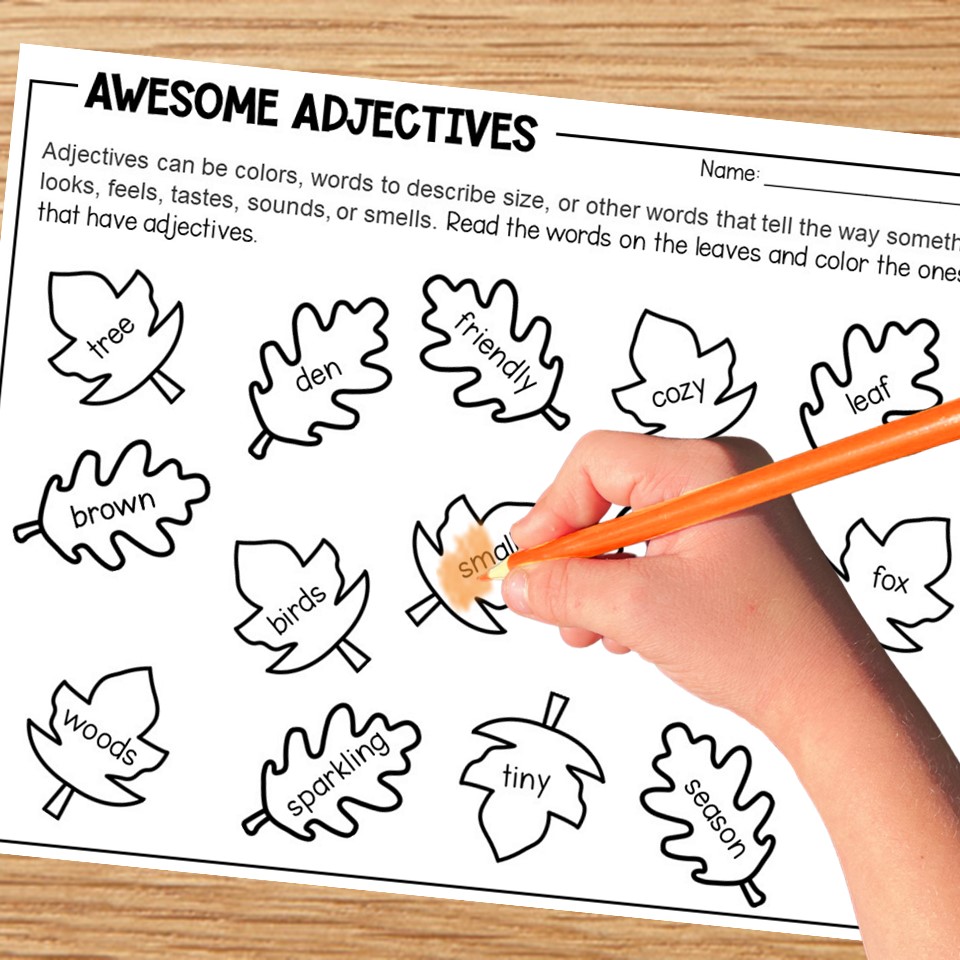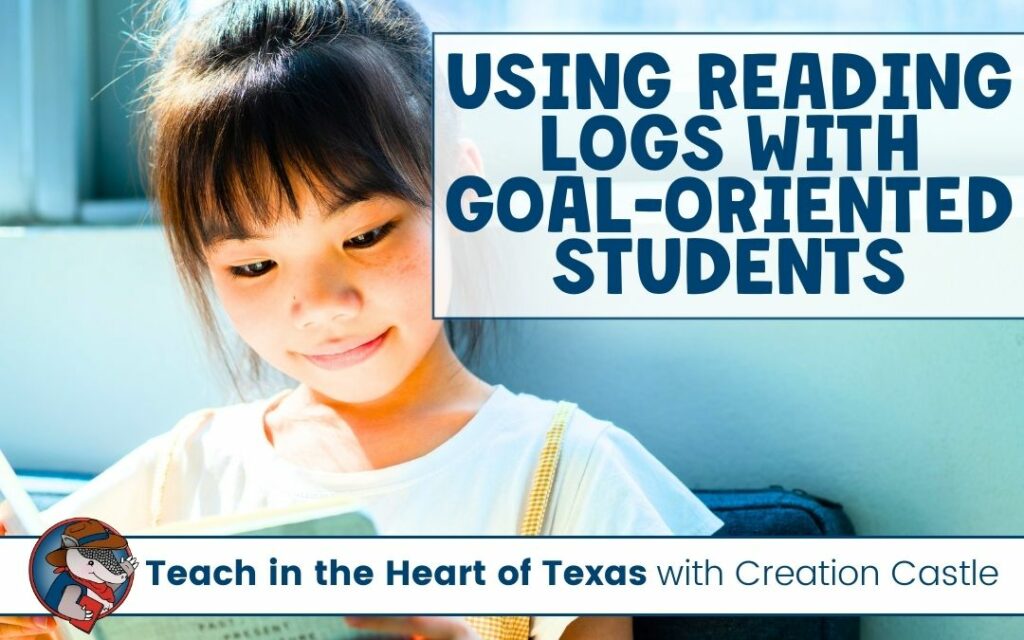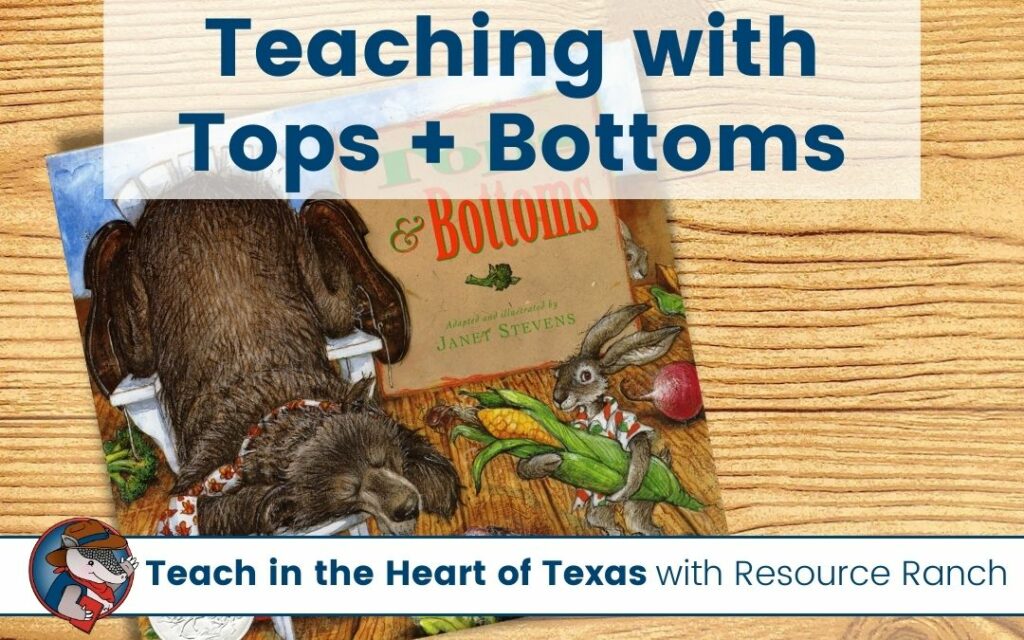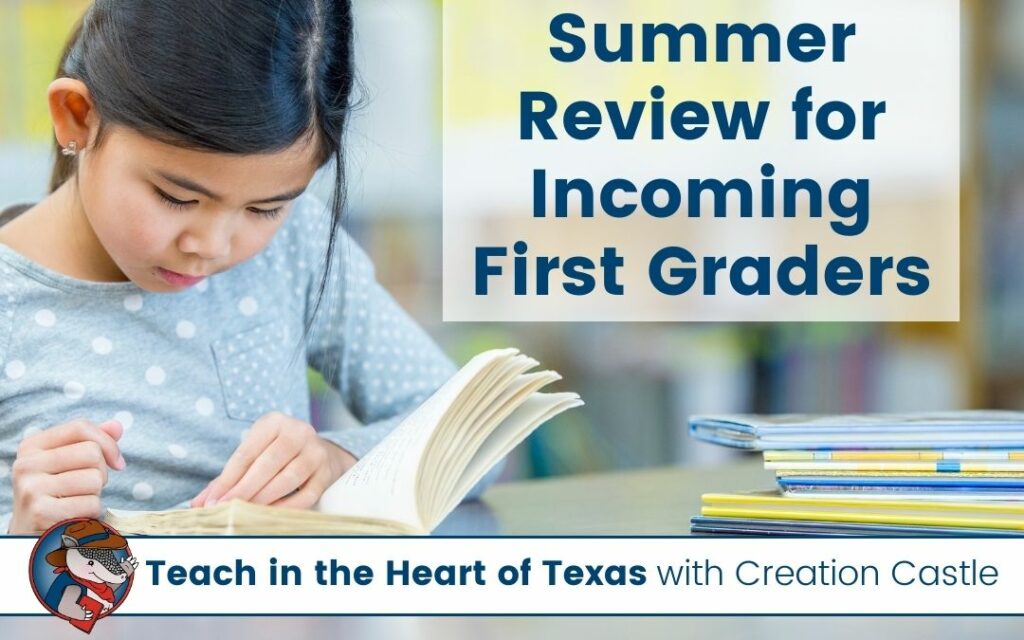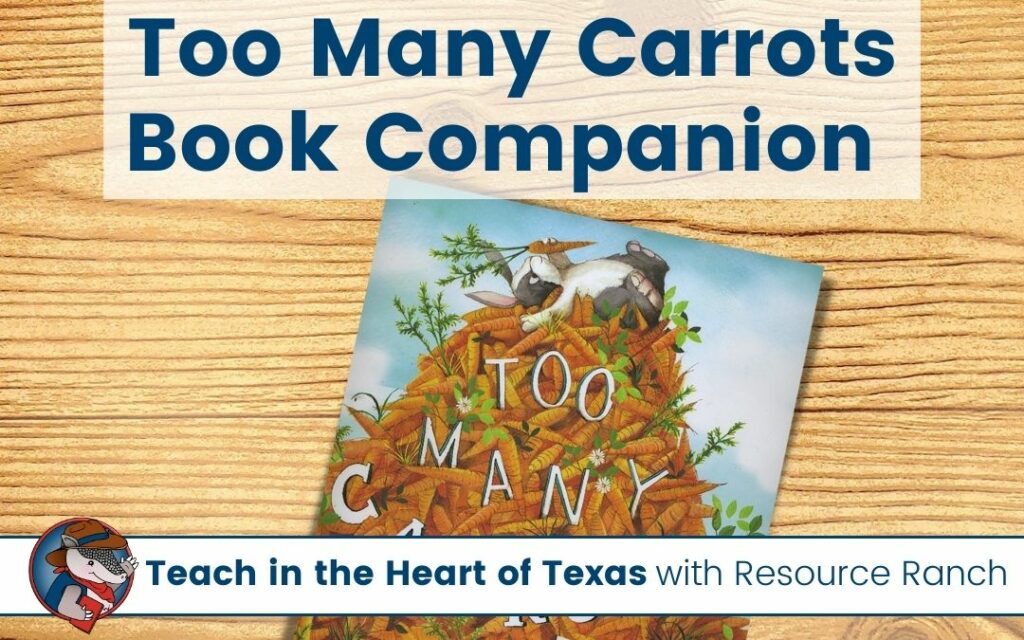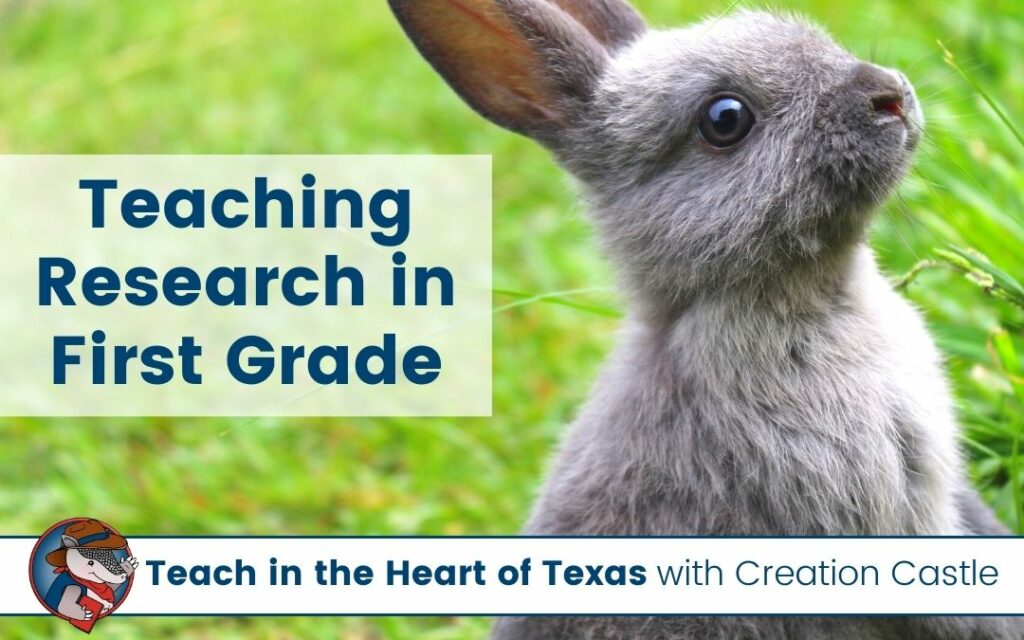Fletcher and the Falling Leaves reminds us that change doesn’t need to be worrisome and that there is beauty in every season of life.
Quick Links
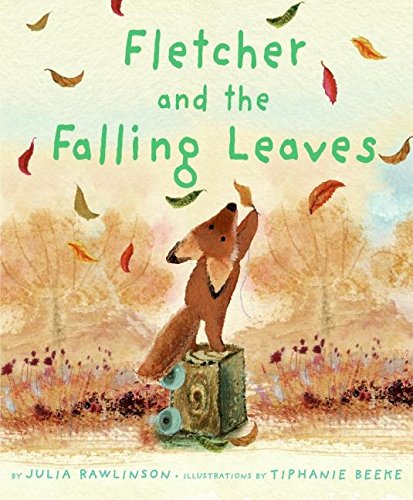
Summary
This story shares Fletcher’s first experience with fall. The young fox is concerned when the leaves on his favorite tree start to turn brown and fall. Though he makes several attempts to save the tree, he is of course unsuccessful. However, in the end, he discovers the beauty of winter.
Read Aloud Questions
Before Reading
- Which season do we see on the cover of this book?
- Do you know anything that changes in the autumn?
- What do you think Fletcher will do with the leaves?
During Reading
- Why does the porcupine want the leaves?
- Are the birds able to help?
- What do you think Fletcher will do with the last leaf?
After Reading
- How do you think Fletcher will feel at the end of winter?
- What will he see on his tree in the spring?
- How do you think he will feel when the tree changes again?
Connecting Standards to Fletcher and the Falling Leaves
Key Details
Fletcher tried to care for the tree. Ask students to recall ways that Flecher attempted to accomplish this: tied leaf back on a branch, tried to catch leaves, tried to stop squirrel and porcupine from “stealing” leaves, held on to leaf so it wouldn’t blow off, made a bed for the leaf, left at dawn to go check on the tree, ask the tree if it was alright.
Cause and Effect
Have students identify things that happen in the story – discuss the cause & effect of each event. Fletcher worried about the tree because its leaves were turning brown. The leaves were falling off because it was autumn. Fletcher tried to “fix” the tree because the leaves fell off. Squirrel took leaves to make a nest. Porcupine took leaves so he could stay warm. Fletcher made a bed for the last leaf because he wanted to protect it. The tree was covered in icicles because it was winter.
Adjectives
Adjectives describe a person, place, thing, animal, or idea in more detail for the reader. They make a story more interesting. Adjectives can be colors, words to describe size, or other words that tell the way something looks, feels, tastes, sounds, or smells. There are lots of adjectives to identify in this story (e.g., dusty gold, tiny rustle, friendly birds, cozy bed, clear sky, sparkling branches). After you have found adjectives together in the story, have students use adjectives to write sentences about each season.
More Fun with Fletcher
Julia Rawlinson has written lots of books about Fletcher. You find other titles and learn about some of the things that inspired her writing on her website. You can watch the Scholastic Bookflix movie of Fletcher and the Falling Leaves.
If you’re looking for more activities for this book, check out the Learning Through Literature book companion in the Resource Ranch store.
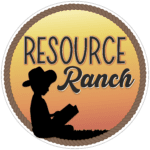
Resource Ranch
Rhonda is the author of Resource Ranch. Most of her classroom experience has been in early elementary. She has also taught Title I Reading, ESL, and gifted students. She is certified as a Texas teacher in grades 1-8 and as a K-12 librarian.

